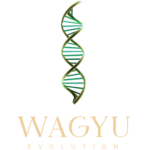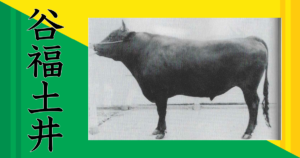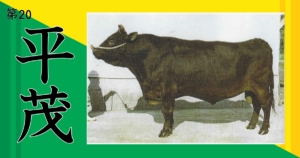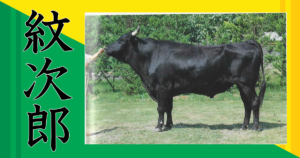What Is The Best Wagyu Beef Brand In Japan?
Table of Contents
The ‘Three Major Wagyu Beef’ describes Japan’s top three best Wagyu beef brands.
The first two brands that usually come to mind when one hears “the best brand of wagyu beef” are Kobe Beef from Hyogo Prefecture and Matsusaka Beef from Mie Prefecture. But when searched on the internet, the answers most frequently mentioned are “Yonezawa beef” from Yamagata Prefecture and “Omi beef” from Shiga Prefecture.
However, upon starting our investigation, it became clear that it is uncertain who exactly defined the ‘Three Major Wagyu Beef’ or even when this term was defined.
The debate over the “Three Major Wagyu Beef” in Japan centers around several prominent regional brands: Kobe beef, Matsusaka beef, Yonezawa beef, and Omi beef. Historically, these brands have been recognized for their quality and cultural significance, often associated with specific regions and production methods.
1) Kobe Beef
Known for its tender texture and rich marbling, Kobe beef originates from cattle raised in Hyogo Prefecture, particularly around Kobe City. It gained early prominence due to its association with foreign settlements in the Meiji era and strict production standards.
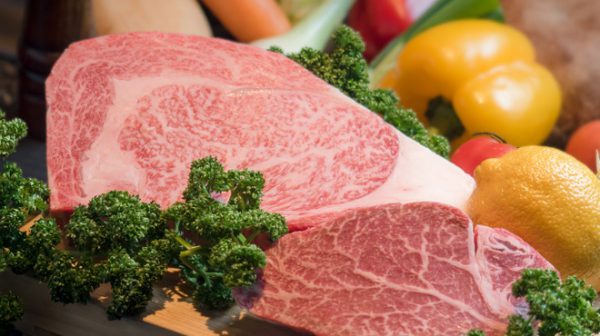
2) Matsusaka Beef
Hailing from Mie Prefecture, Matsusaka beef is celebrated for its intense marbling and delicate flavor. Like Kobe beef, it benefits from a controlled breeding and feeding regimen, resulting in highly prized meat.
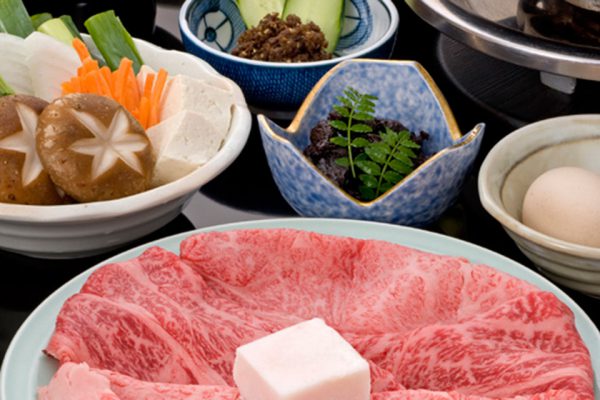
3) Yonezawa Beef
Originating from Yamagata Prefecture, Yonezawa beef gained fame when cattle brought back by a British instructor in the late 19th century became renowned for their quality. It’s known for its fine marbling and depth of flavor.
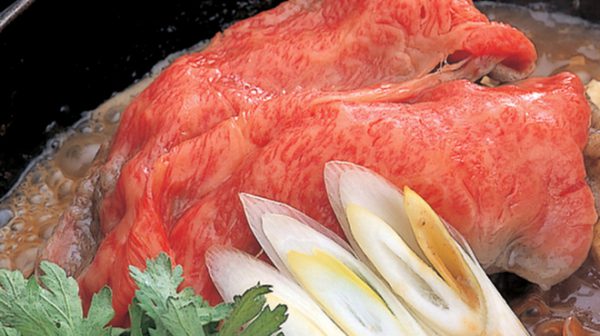
4) Omi Beef
From Shiga Prefecture, Omi beef (also known as Omi Wagyu or Omigyu) is recognized for its history dating back to the Edo period. It’s appreciated for its tender texture and savory taste, often served in traditional Japanese cuisine.
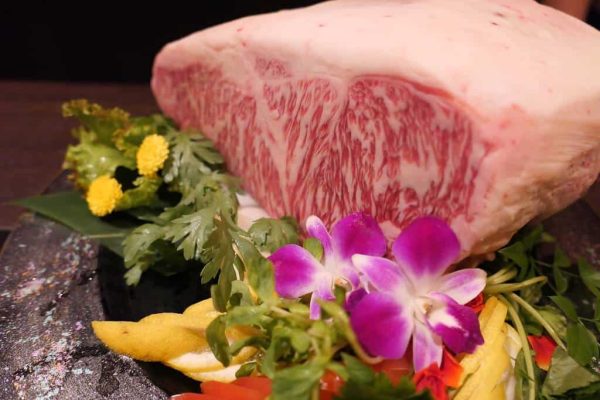
The Origins of the term “Three Major Wagyu Beef”
The designation of “Three Major Wagyu Beef” seems to have evolved without a clear historical consensus. Various sources and experts provide different perspectives on which three brands should be considered the top tier. While Kobe beef and Matsusaka beef are often included, the inclusion of Yonezawa beef or Omi beef as the third can vary depending on regional perspectives and historical context.
In the end, it is unclear who and when decided on ‘Three Major Wagyu Beef’. However, the question remains as to exactly why these four brands of wagyu have come to be known as ‘Three Major Wagyu Beef’.
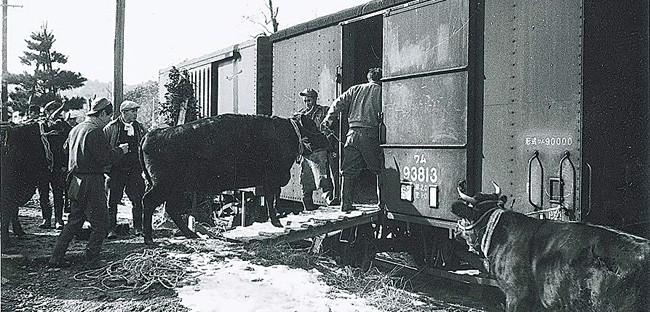
Livestock farmers loading wagyu onto a train bound for Tokyo
(Photo is courtesy of a producer in Iitoyo Town, Yamagata Prefecture)
Further investigation led to the conclusion that it originated in the Meiji era, when the culture of meat consumption began to spread.
Originating from strategic transportation hubs, there is a strong theory from the Omi beef producers and distributors’ association. According to them, in the early Meiji period, the culture of eating meat was introduced by foreigners. Cattle for cultivation were shipped by boat to Yokohama, where there were foreign settlements, and its consumption eventually spread to Tokyo and other areas. At that time, cattle from Kobe Port were sold as ‘Kobe beef’ and cattle from Yokkaichi Port were sold as ‘Matsusaka beef’.
‘Omigyu’ (aka Omi Beef) was also initially transported from Kobe Port and was called ‘Kobe beef’. After the Tokaido Main Line opened in 1889, transporting the meat was then handled by Omihachiman Station, thus it was renamed to ‘Omigyu’.
On the other hand, according to Yonezawa City in Yamagata Prefecture, ‘Yonezawa beef’ became known when cattle brought back by a British foreign language instructor in 1875 became famous upon returning to Yokohama.

In terms of the history of meat, according to Professor Mariko Noma of Osaka Shoin Women’s University, in April 1884, the ‘Postal Hokkoku Newspaper’ reported that Kobe beef was traded at twice the price of other cattle in Tokyo. Professor Noma says, “It is understood that it was popular from that time.” There is a possibility that the other three branded beefs were also traded at higher prices compared to other production areas.
Regarding why these four branded beefs have continued to be well-known, Professor Noma suggests, “Perhaps because they were rare and known in both major metropolitan areas of Tokyo and Osaka.”
Kobe beef, Matsusaka beef, and Omigyu established early distribution routes to Osaka, which is geographically close. Yonezawa is far from Osaka, but it is said that the Yonezawa beef hot pot eaten by Osaka merchants who came to purchase Yonezawa’s specialty silk textiles created a reputation and spread to Osaka.
Regarding differences with foreign beef based on the place of origin, Kenichi Ono, a wagyu technology consultant familiar with the history of wagyu, said that during the Meiji era, Chinese regional cattle meat also became popular in Tokyo at the same time as the four branded beefs. They were excellent in physique and breeding ability, but were mainly used for breeding agricultural cattle and did not spread nationally as beef cattle.
Mr. Ono points out that the term ‘Three Major Wagyu Beef’ may have been coined after the liberalization of beef imports in 1991 to differentiate it from inexpensive imported beef. At that time, brand names were given based on the place of origin and produced under certain conditions, promoting the beef’s brand.
Among them, the four branded beefs not only have a long history but also have strict shipping conditions. Mr. Ono says, “To enhance brand value, distributors first used them, evaluated by consumers and other production areas, and came to be called ‘Three Major Wagyu Beef’.”
Conclusion
Despite having four prominent branded beefs, the question remains as to why the term ‘Three Major Wagyu Beef’ has become prevalent. But with continuing improvements and new techniques in raising cattle, new names are being established to dethrone these giants. One of which is Miyazaki beef which won the past four Wagyu Olympics. Their newfound dominance could bring about change in the rankings of the “Three Major Wagyu Beef”.
References
【日本三大和牛はご存じですか?】 三大和牛を食べくらべの旅
https://www.agrinews.co.jp/news/index/221648
https://www.ana.co.jp/ja/jp/japan-travel-planner/shiga/0000013.html
